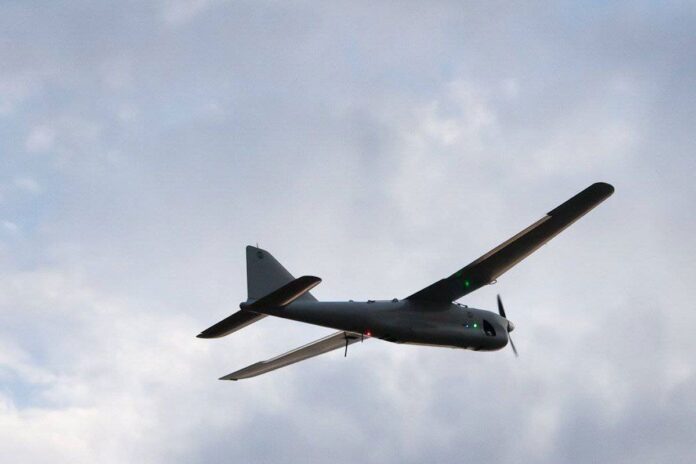Radio Svoboda reports that Russian reconnaissance drones proved capable of overcoming the Ukrainian electronic warfare system (EW) and massively penetrating the rear of the Armed Forces of Ukraine (AFU) at a distance of 30 to 100 kilometers. This information came from the Ukrainian military and experts.
"Orlan", Zala and Supercam fly deep into the positions of the Armed Forces at 30-50 kilometers, pointing missiles and artillery at the target. "Orlany" adjusts long-range "Krasnopil" projectiles, Zala - "Lancet" kamikaze drones, and "Supercam" - "Iskander" missiles and "Smerch" or "Tornado-S" long-range MSVs, a representative of the Center for Research of Trophy and Prospective Weapons told the publication and military equipment" Andriy Rudyk.
According to him, Zala and Supercam fly on an electric motor and do not have a warhead, and therefore their flight range is limited not so much by the power resource as by the ability to communicate with the operator. And this makes it possible to strike quite distant blows.
The publication recalls the defeat of the HIMARS complex 40 kilometers from the front line and the Patriot air defense system 30 km away. Also, Russian reconnaissance drones can fly up to 100 kilometers deep into Ukrainian positions - as an example, they strike a military airfield near the Dnipro, which was captured by a Russian drone. Surveillance drones were fixed over Odesa and Zaporizhzhia.
The fighters of the Armed Forces of Ukraine say that the Ukrainian air defense system and its ammunition are not enough to fight hundreds of Russian drones, which, moreover, were able to overcome the EW system, which they could not "penetrate" even 7-8 years ago. This happened because the Russians abandoned satellite navigation, which is jammed by radio-electronic interference.
"They put two radio beacons and these two radio beacons, in fact, form a triangle with the board. And thus the board understands where it is. And for a more accurate understanding of its location, the camera simply takes a photo below itself and compares the reference points with the same picture downloaded directly from Google maps, finds the reference points and thus understands where the drone is. This allows them to build further routes in the mode of complete radio silence. They said it directly in the commercials of UAV manufacturers. That's the problem. And no one in our country reacted to it," said military officer Serzh Marko.
According to him, in this way the drone "absolutely does not communicate with its ground station. It flies to the point where it is needed", and the radio-electronic warfare systems deployed by the Armed Forces cannot do anything with it. Therefore, the Russians began to rarely lose reconnaissance drones.
According to Marko, if the EW is echeloned, it can block the drone's communication with the operator and the video channel. But in this case, the Russian drones turn around and fly back to the base, since their navigation is autonomous and not susceptible to obstacles.
"And this is our future - the EW will be ineffective. With a military drone - protected, with a wide band of bands, with the ability to jump to channels in the range of 1000 MHz-1500 MHz, it will be impossible to do anything," says Marko. He believes that the future lies in means of direct destruction of drones, such as self-guided mini-missiles.


